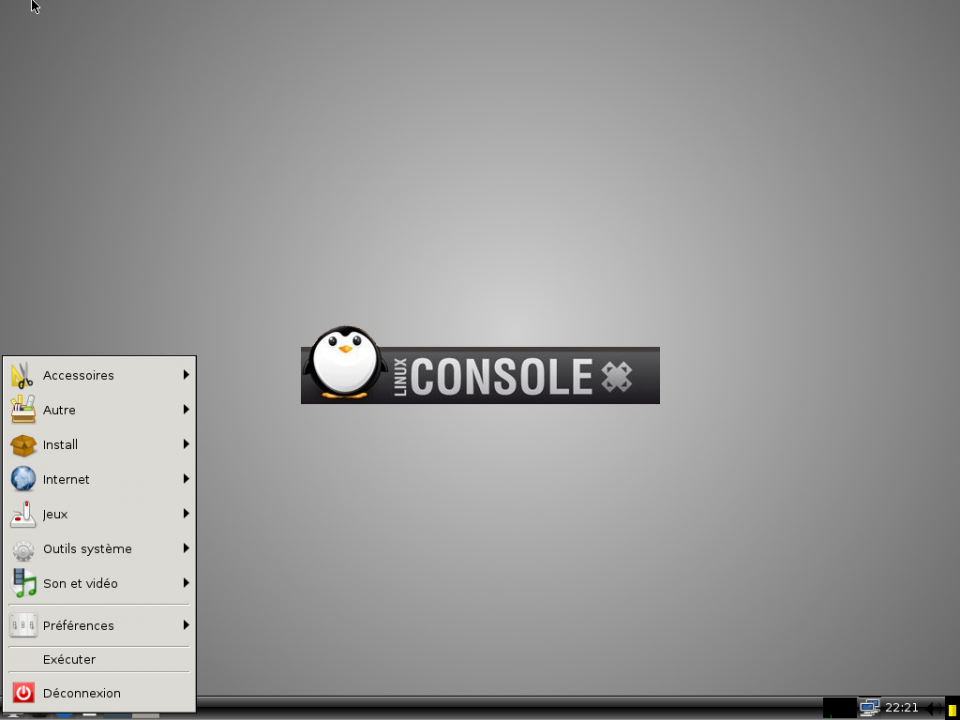

#Xmenu linux free
Feel free to tinker around and change other things as per your liking. In ArcMenu Settings > Button Appearance, you can choose to display a text (like “Start”) besides the Start icon, change the icon itself, and make other changes.īoth ArcMenu and Dash to Panel offer a ton more customization options, however the above steps are enough to replicate the Windows start and taskbar look. You can of course choose any other layout that appeals to you. Under Menu Layout > Modern Menu Layouts, you can choose from many different Windows style layouts like “Redmond”, “Windows”, “11”, and “a.z”. Next, right click on the left-most button on the taskbar and select “ArcMenu Settings”. In the same window, swap the positions of “System menu” and “Date menu” to make it more like Windows.
#Xmenu linux full
This button launches a full screen app drawer that’s closer to the Windows 8 look and can be quite jarring if you’re going for a more traditional Start menu look. Scroll to the bottom of the first tab (Position), and click the “Visible” button next to “Show applications button” to hide it. Right click anywhere on the taskbar and select “Dash to Panel Settings”. The desktop layout should immediately change to one that looks much closer to Windows, but not quite there. Open the ArcMenu page, switch it “on” as shown below, and confirm to install. The first is ArcMenu, which acts as an excellent “Start menu” replacement and more. We need two extensions to replicate the Windows 7/10/11 layout in Ubuntu. Once both steps are completed, you should no longer see the blue message strip when you visit the GNOME extensions site.
#Xmenu linux install
In Ubuntu, open the Terminal app and run this command: sudo apt install chrome-gnome-shellĪlternately, click the below button and follow on-screen instructions: You’ll also need a connector plugin in order to install GNOME extensions. Without going into specifics, our recommendation is to install Chrome from its website, complete the below steps, and uninstall it afterwards (if you use some other browser, that is).
#Xmenu linux software
Neither does the Chromium browser that you will find in the Ubuntu Software app store. The Firefox browser included in Ubuntu 21.10 (the latest version as of the published date) is a “snap” app that doesn’t support this setup. All major browsers like Firefox, Chrome, Edge, etc are supported with some exceptions. Open the GNOME extensions website and click the highlighted link below to install the browser extension. Installing extensions from the GNOME site requires a one-time setup. Then jump to the next section and install ArcMenu and Dash to Panel directly from Extension Manager. You can skip the steps in this section and install the “Extension Manager” app from Ubuntu Software Store instead. Setup GNOME Shell integration on your browser These steps will also work on other Linux distributions that use the GNOME desktop, like Fedora and Debian. Thankfully, few things can match Linux when it comes to customization, and you can switch to a Windows like layout pretty easily with the help of a couple of GNOME extensions – ArcMenu and Dash to Panel. There’s never been a better time to consider switching from Windows to Ubuntu, though the GNOME desktop coupled with Ubuntu’s own customization might seem a bit unfamiliar at first.

Linux on desktop has improved by leaps and bounds in the past few years, and Ubuntu remains one of the most popular Linux distributions out there.


 0 kommentar(er)
0 kommentar(er)
